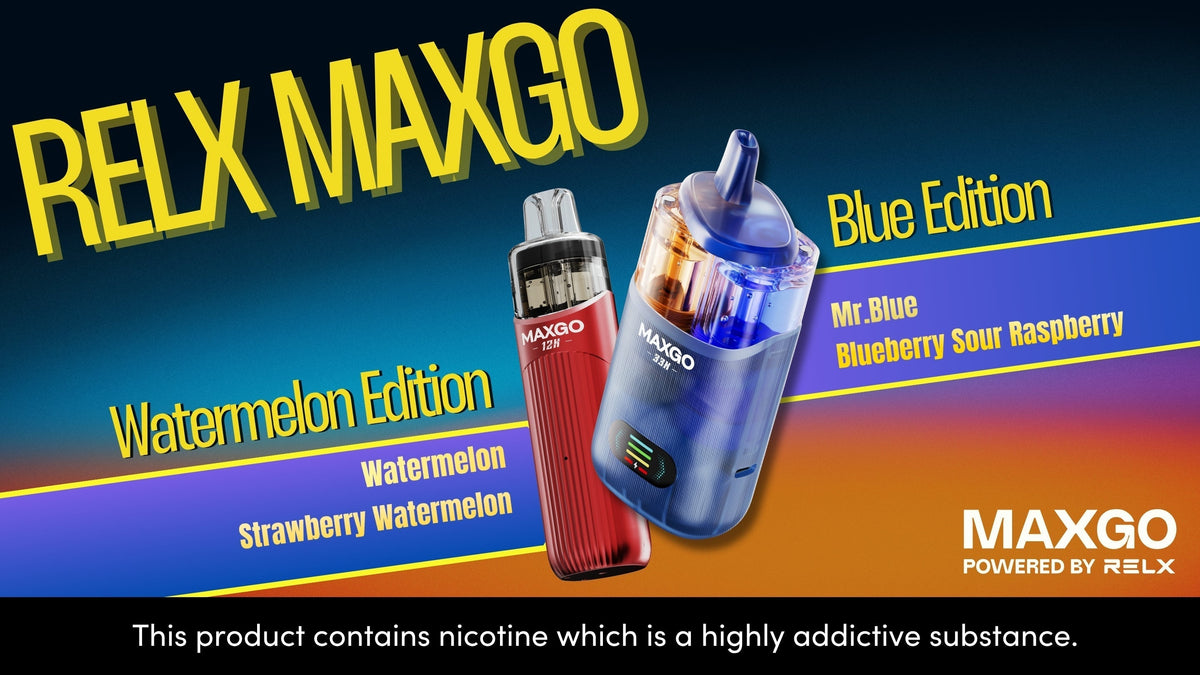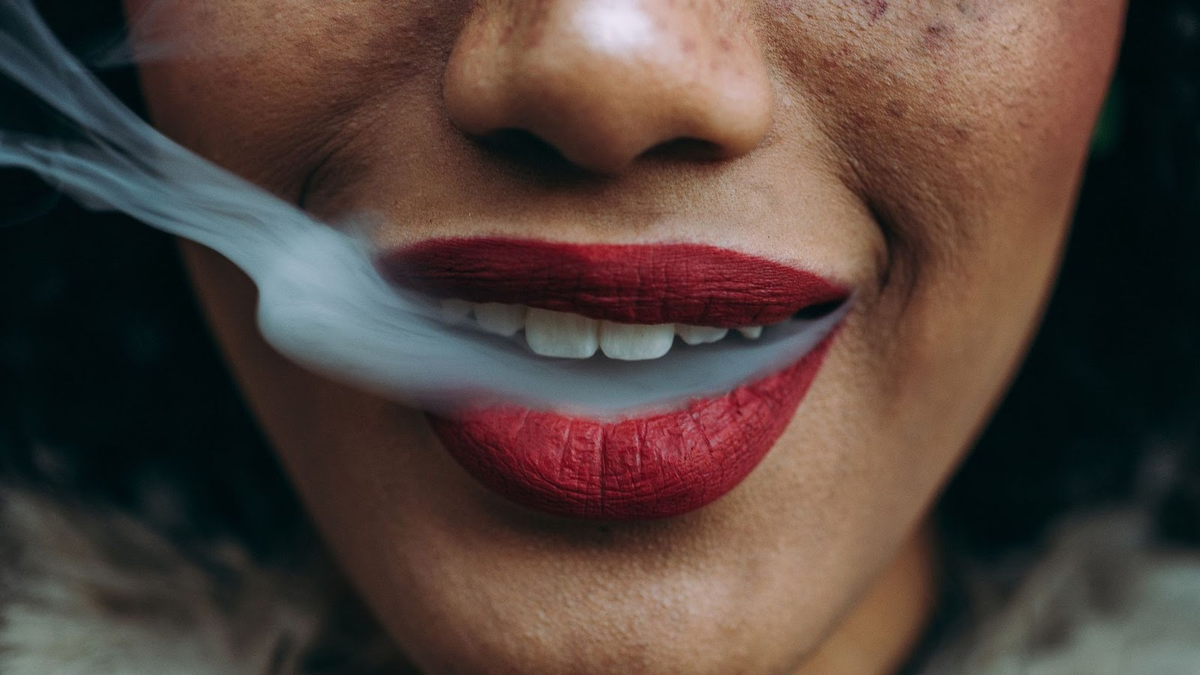Is There Passive Smoking From Vaping?
While many consider vaping the ‘healthier alternative’ to traditional smoking, it is still understood to have various adverse effects on the health of those who take up the habit. So, are there any risks to those around them if that's the case? Given that this is the case with traditional cigarettes, we wanted to dig deeper.
Below, we discuss passive smoking, the potential dangers for those near vapers, and the laws surrounding it. Read on to find out more.
What Is Passive Smoking?
Often known by the alternative name ‘second-hand smoking, passive smoking is the act in which non-smokers indirectly become at risk of the dangers of smoking.
Passive smoking happens when someone is nearby to a smoker and inhales the smoke that the smoker exhales, therefore breathing in some of the toxins — despite not smoking themselves. Passive smoking is especially dangerous for children and those with respiratory problems.
Second-hand smoke is a well-known risk that those who smoke traditional cigarettes take; however, what’s the case with vaping?
Is it possible to passive smoke by inhaling the vapour clouds created by vapers? We’ve dug a little deeper to find the answers.
What Are the Potential Dangers of Second-Hand Vaping?
Harmful Toxins
Passive smoking does occur with vaping, as well as traditional cigarettes, but to a far less severe degree. So, while studies have shown this does mean that those around vapers are at risk of some respiratory issues (such as shortness of breath and bronchitic symptoms), it’s still less harmful than traditional cigarettes.
Other studies showed that using e-cigarettes in indoor spaces may result in involuntary exposure of nicotine to nonusers but not to toxic tobacco-specific combustion products. According to Public Health England, there are no identified health risks of passive vaping for bystanders.
Passive vaping may result in shortness of breath and bronchitic symptoms in bystanders, and as more research is done, it’s possible that more health risks may be uncovered. We recommend being cautious if children or other vulnerable people (such as those with a lowered immune system) are around.
May Endorse Social Acceptance of Vaping
A less obvious but important danger is that of a societal manner, especially among young people and children. It is known that children and young people often tend to go along with what their friends are doing — it’s an important part of growing up and learning to be part of a community — however, as with most aspects of growing up, there are good and bad aspects to that.
A danger of second-hand vaping in young people is that if they see their friends vaping -—and especially if they find themselves inhaling passively and enjoying the flavour — that could convince them to try it for themselves. With vaping in children already a big problem worldwide, this could lead to even more health problems.
What Does the Law Say About Passive Smoking From Vaping?
The laws limit any smoking activity, making smoking in public places illegal. In some cases, this also extends to outdoor public areas. While the current laws allow organisations to make their own policies on vaping, many apply the same rules as traditional smoking.
These types of bans help protect the general public from the dangers of passive smoking and vaping (and the unpleasant smells and clouds that they produce). Furthermore, it also protects the general health services from dealing with an already high influx of patients with respiratory problems related to smoking (which costs 2% of the NHS budget).
Frequently Asked Questions
Can You Passively Inhale Vape?
Research dedicated to passive smoking from vape devices has found that it is possible to inhale vape passively, and bystanders may experience adverse effects, including bronchitic symptoms and shortness of breath. Vaping around children and vulnerable people should be avoided, just as with traditional smoking.
Can Second-Hand Vape Be Harmful?
Unfortunately, second-hand vape can be harmful. That means anyone who inhales it is at risk of shortness of breath and increased likelihood of bronchitic symptoms (especially in young people). To be on the safe side, we recommend caution if vulnerable people (like those with a lowered immune system) or children are nearby.
Conclusion
Vaping potentially carries risks of passive (or second-hand) smoking to bystanders, though to a less severe degree. As a result, those around the vaper can be at risk of shortness of breath and bronchitis symptoms.
Fortunately, the risks associated with passive vaping are less severe than what’s been observed in traditional smoking. In fact, according to Public Health England, no health risks of passive vaping to bystanders have been identified!
Looking for premium vape devices? Browse our selection offered at RELX for a wide range of high-quality devices and pods.
Also in Vape Knowledge

RELX MaxGo Series Showdown: Which Powerhouse Matches Your Vaping Rhythm?

Beyond Disposable: How RELX MAXGO 33K & 12K Redefine Sustainable Vaping Excellence

How Long Until I Can Vape After Wisdom Teeth Removal?
Vaping after wisdom tooth removal is not recommended, as it can cause complications like dry sockets. Patients should wait at least three days before vaping to ensure proper healing and minimize risks associated with the extraction site.













